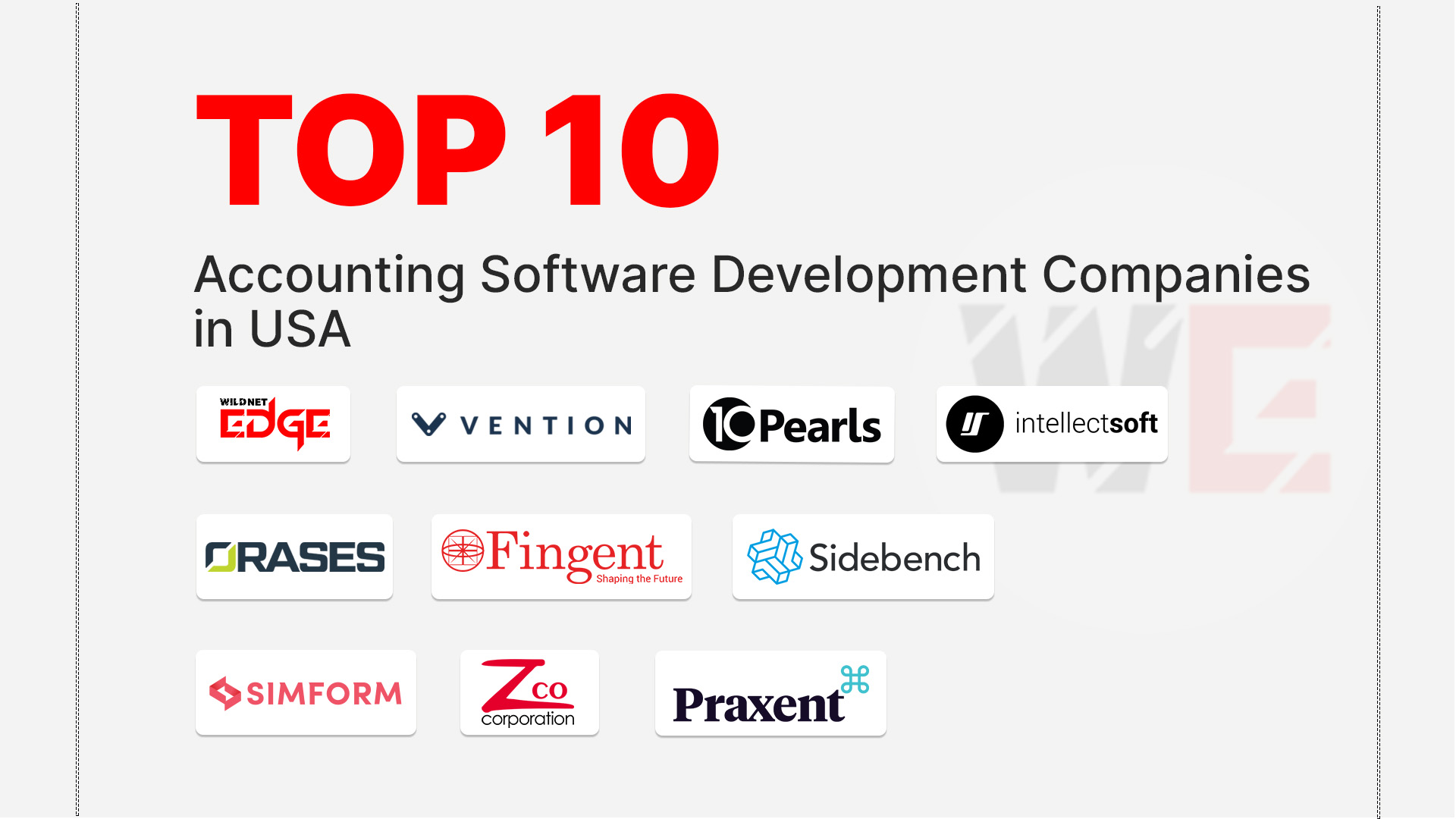TL;DR
This article explains the critical role of a Minimum Viable Product (MVP) for SaaS startups. It defines an MVP as the most basic version of a product, built with just enough features to solve a core problem for early users. The primary benefit of this approach is rapid product validation, allowing founders to test their core business assumptions in the real market before investing significant time and capital. This lean SaaS development strategy minimizes risk, conserves resources, and provides invaluable user feedback. An MVP also helps attract early investors by demonstrating a tangible product and market traction, making it the smartest path to building a successful SaaS business.
For any SaaS founder, the journey from a groundbreaking idea to a market-ready product is filled with uncertainty. The biggest question is always: “Will people actually pay for this?” In this high-stakes environment, the traditional approach of spending months or years building a feature-rich product in isolation is a recipe for failure. The smartest and most successful founders embrace a more agile strategy: building an MVP for SaaS startups. So, today we will discuss about the same and figure out how you can also scale your business through MVP.
What Exactly is an MVP for SaaS Startups?
A Minimum Viable Product (MVP) is the most streamlined version of your SaaS application that can be built and launched quickly to solve a core problem for a specific group of early users. It is not a cheap or incomplete product. Instead, it is a strategic tool designed for one primary purpose: learning. The goal is to get your product into the hands of real customers as fast as possible to validate your most critical assumptions. This approach is the foundation of lean SaaS development.
By focusing on a single, essential feature set, you can test your idea, gather feedback, and iterate based on real user data rather than guesswork. This process of product validation is the most effective way to reduce the inherent risks of launching a new venture.
The Core Benefits of the MVP Approach
Adopting an MVP strategy is the most important decision a SaaS founder can make to increase their chances of success.
Accelerated Product Validation and Market Learning
According to a long-running analysis by CB Insights, the number one reason startups fail is a lack of market need. An MVP is your most powerful weapon against this risk. It allows you to test the most fundamental question, “Do people want this?” before you’ve spent your entire budget. The feedback you receive from early adopters is invaluable, guiding your future development and ensuring you build a product that the market actually needs.
Significant Reduction in Time and Cost
Building a full-featured SaaS platform can take over a year and cost hundreds of thousands of dollars. An MVP for SaaS startups, on the other hand, can often be developed in just 3 to 5 months for a fraction of the cost. This speed is a massive competitive advantage. It allows you to launch faster, start generating revenue sooner, and conserve your precious capital for marketing, sales, and future iterations. This efficiency is a hallmark of a good MVP Development Company.
Easier to Attract Early Investors
Investors are far more likely to fund a company with a working product and tangible user data than one with just a slide deck. An MVP is concrete proof that you can execute your vision. It demonstrates that you are a strategic founder who understands the principles of lean SaaS development solutions. Presenting an investor with a functioning product, user testimonials, and early metrics is infinitely more powerful than presenting a mere idea.
MVP vs. Full-Featured Product: A Strategic Comparison
Understanding the difference in goals is key to making the right strategic choice for your startup.
| Feature | Minimum Viable Product (MVP) | Full-Featured Product |
| Primary Goal | Learning and Validation | Growth and Market Dominance |
| Features | The essential core feature set. | A comprehensive set of features. |
| Target Audience | Early Adopters / Niche Group | Broad Market |
| Development Time | 3-5 months. | 9-18+ months. |
| Cost | Low initial investment. | High investment. |
| Risk | Low risk of building the wrong product. | High risk if market assumptions are wrong. |
Case Studies
Case Study 1: A FinTech Automation Platform
- The Challenge: A founding team had a complex vision for an AI-powered financial automation platform for small businesses. Building the full product would have taken over 18 months and cost millions.
- Our Solution: We worked with them to identify the single most painful problem their target users faced: manual invoice processing. Our Software Development for Startups team built an MVP that focused exclusively on using AI to scan and digitise invoices, and nothing else.
- The Result: The MVP quickly gained traction with an initial cohort of 100 small businesses. The clear evidence of product validation and strong user engagement allowed the founders to successfully raise a $2 million seed round to fund the development of the full platform.
Case Study 2: A Niche B2B Collaboration Tool
- The Challenge: A startup wanted to create a collaboration tool for a very specific industry. They were unsure which features would be most valuable to this niche audience and couldn’t afford a failed launch.
- Our Solution: We provided Custom Software Development Services to build a lean MVP with just three core features. We also helped them set up an intensive feedback loop with a small group of industry professionals.
- The Result: The feedback revealed that one of the features was far more valuable than the other two. The startup was able to pivot its strategy and focus all its resources on perfecting that one killer feature, a decision that ultimately led to their acquisition by a larger company.
Our Technology Stack for MVP Development
We use modern, scalable technologies that are perfect for building fast and iterating quickly.
- Frontend: React, Vue.js, Angular
- Backend: Node.js, Python, Ruby on Rails
- Cloud Platforms: AWS, Google Cloud, Microsoft Azure
- Databases: PostgreSQL, MongoDB
- DevOps: Docker, Kubernetes
Conclusion
The MVP is the most vital tool in a founder’s arsenal. Building an MVP for SaaS startups is the most intelligent and resource-efficient path to success. It forces you to focus on what truly matters, validate your assumptions with real data, and build a product that customers will love. By leaning SaaS development, you can significantly reduce your risk and speed up your journey to product-market fit. At Wildnet Edge, our AI-first approach to our Product Development Services means we can help you build an MVP that is not only viable but also intelligent, giving you a competitive edge from day one.
FAQs
The ROI is primarily in risk reduction and capital efficiency. An MVP prevents you from wasting your entire budget building a product nobody wants. The money saved and the market insights gained are the biggest returns, leading to a much higher chance of long-term success.
You should focus ruthlessly on the “Minimum” and “Viable.” Identify the single biggest problem your product solves and include only the features that are absolutely essential to deliver that core value. Anything that is a “nice-to-have” should be left for a later version.
A well-defined MVP for SaaS startups can typically be designed, built, and launched in 3 to 5 months. The goal is to move from idea to real user feedback as quickly as possible.
The post-launch phase is a continuous loop of “build-measure-learn.” You will collect user feedback and analytics, analyze the data to understand user behavior, and then use those insights to prioritize the next set of features for development.
While a freelancer might seem cheaper, an agency or a dedicated SaaS Development Company provides a complete team (product manager, designers, developers, QA) and a structured process. For a project as critical as your first product, the reliability and comprehensive expertise of an agency is almost always the better investment.
Absolutely. A well-architected MVP is not a throwaway prototype. It is the foundation of your final product. The codebase should be built with scalability in mind, ready to be expanded upon as you iterate and add more features.
Success is measured by user engagement and their willingness to use your product to solve their problem, even in its most basic form. Key metrics include user retention rates, positive qualitative feedback, and, most importantly, a willingness from early users to pay for the solution.

Nitin Agarwal is a veteran in custom software development. He is fascinated by how software can turn ideas into real-world solutions. With extensive experience designing scalable and efficient systems, he focuses on creating software that delivers tangible results. Nitin enjoys exploring emerging technologies, taking on challenging projects, and mentoring teams to bring ideas to life. He believes that good software is not just about code; it’s about understanding problems and creating value for users. For him, great software combines thoughtful design, clever engineering, and a clear understanding of the problems it’s meant to solve.
 sales@wildnetedge.com
sales@wildnetedge.com +1 (212) 901 8616
+1 (212) 901 8616 +1 (437) 225-7733
+1 (437) 225-7733






























